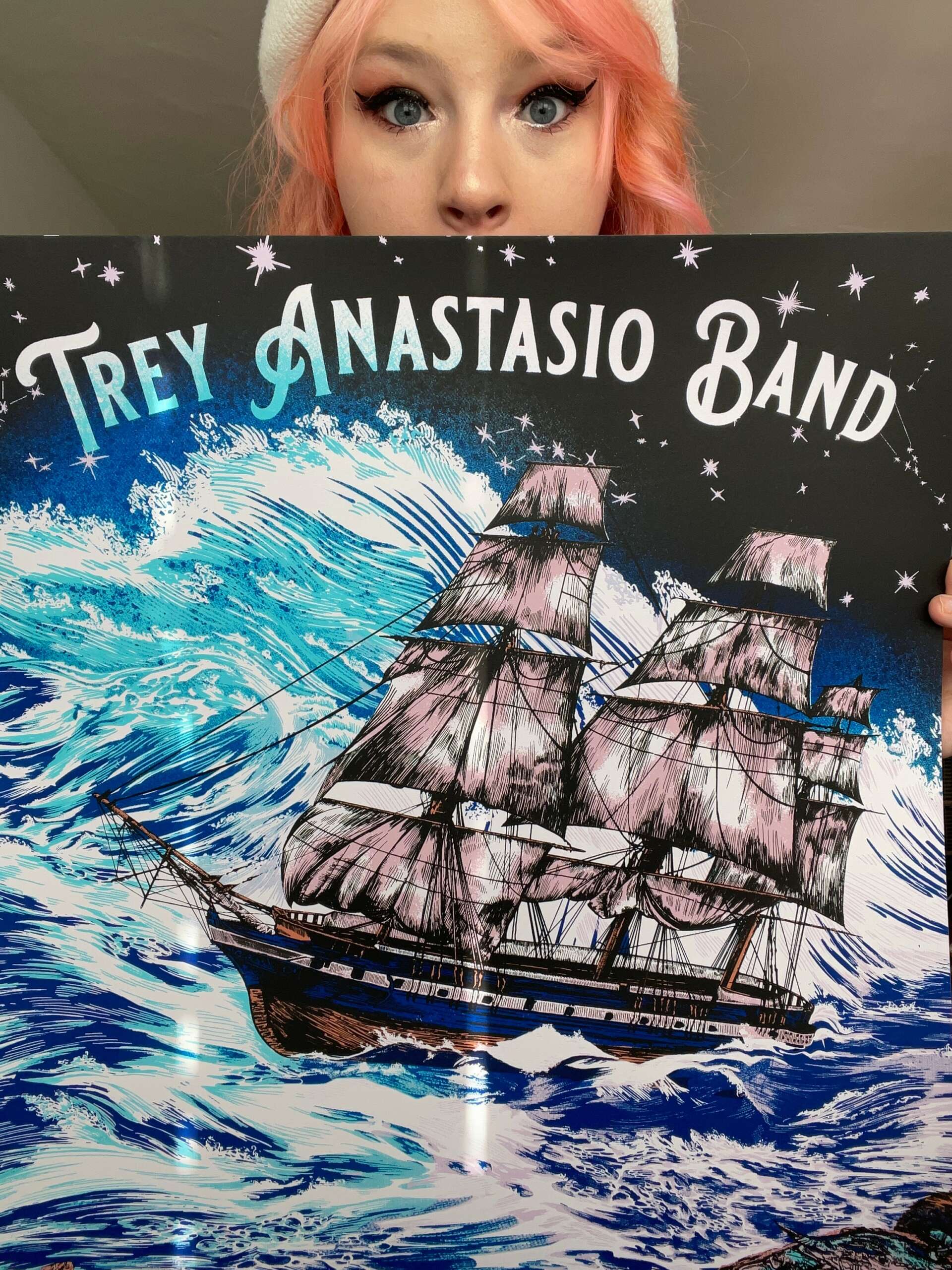We caught up with the brilliant and insightful Chelsea Housand a few weeks ago and have shared our conversation below.
Chelsea, thanks for joining us, excited to have you contributing your stories and insights. We’d love to hear about when you first realized that you wanted to pursue a creative path professionally.
I was a child who was always very into the creative process, and really excitable by art. My parents and teachers alike encouraged this in whatever forms possible, and I was really determined to earn the praise I received. As an example, I didn’t just want coloring books, no, I wanted to copy the picture ideas out of the coloring books because if I was going to color something, I wanted even the outline to be my work. In early childhood I was also an avid reader and regularly attended dance classes with my older sister who was equally impassioned with performing arts.
Unfortunately, around 2005, my sister passed away at 16 years old. Following that, I think a part of me wanted to live out her dream for her – or perhaps I just sought ways to feel closer to her. I really started to put more effort into my dancing, by late middle school, the dance studio became my second home and I was easily putting in 15-20 hours weekly on top of being a high achiever in school. This really helped me break out of a shell I had fallen into following the death of my sister, I started bonding with the other dancers, and I started being more open and outgoing in general. Noticing this improvement in myself, I was determined to be that kind of hope for others. I wanted to dance professionally, because if I could reach just one child who had found themself in darkness like I had been and show them a path forward, I would consider that a win. I joined theatre, school and community, I joined a dance company that traveled and did frequent concerts, I did workshops and master classes and took every opportunity I could reach.
Yet, I also still carried around a sketchbook. I still kept a stack of canvases at home and learned oil painting as a hobby. I never fully let go of art despite my newly found career ambitions requiring an extraordinary amount of dedication.
As time went on, it was feeling harder and harder to motivate myself to train for dance. It felt like school, it felt like work, whereas it used to be fun and the brightest part of my day. I eased myself away from the stage. In theatre I was awarded fewer leadership roles in performing, and was instead given smaller parts and chosen to be the stage crew’s graphic designer. On weekdays I would practice lines, and on Saturdays I would paint backdrops and create billboards advertising the show.
It was then that something clicked for me. I didn’t need to dance to still feel my sister. I didn’t need to perform in order to reach people. I didn’t need to be on stage in order to be myself. These billboards I painted – these sets – it was the perfect compromise. The medium ground between these two things that I loved. It was a bit of my sister, unforgotten, while returning back to what was my own interests.
I learned about gigposters – where drawing met live performances. It was obvious that’s where I needed to be. I could create momentos – posters, t-shirts – for people’s favorite concerts. They could serve of permanent reminders of happier days. I could, in images, keep the magic I found performing alive well after the curtains close. I could still open a door to other people who were lost and show them a world of music, ink, and brighter times. It was everything I wanted to achieve, but kicked up a notch, because this time it was my own passion I was following – no one else’s.
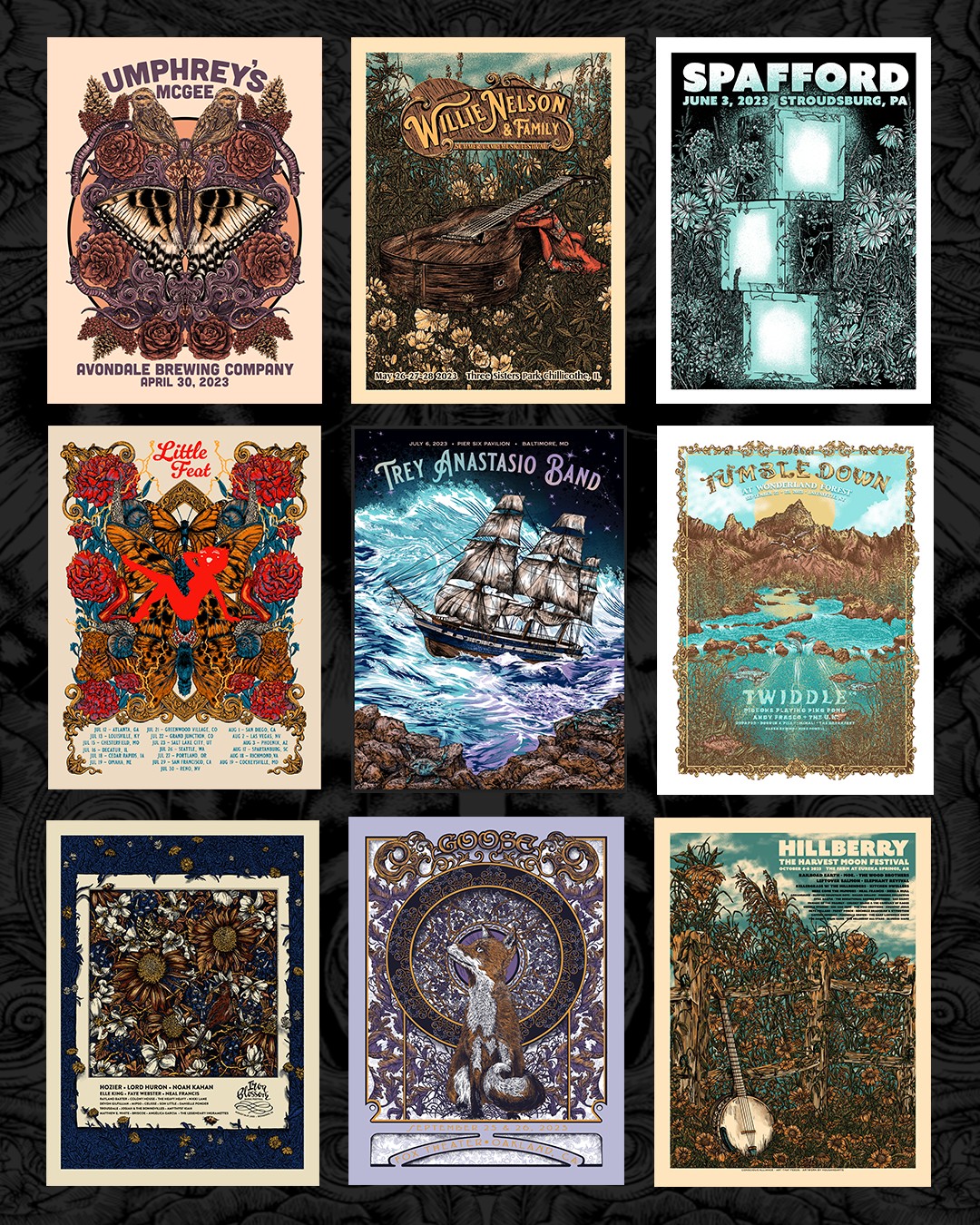
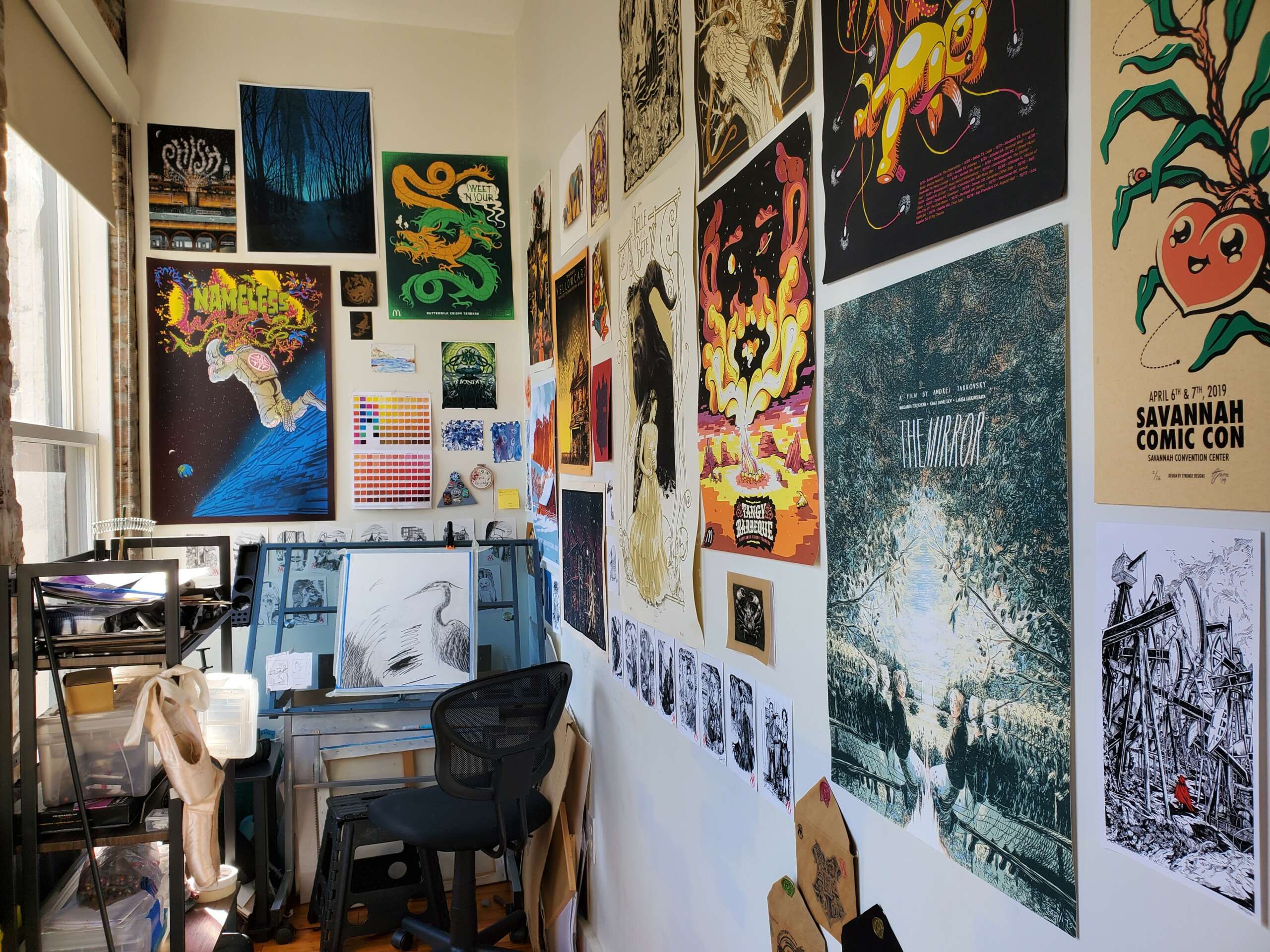
Chelsea, love having you share your insights with us. Before we ask you more questions, maybe you can take a moment to introduce yourself to our readers who might have missed our earlier conversations?
I’m a full time illustrator who specializes in poster design and merchandise solutions for bands, festivals, and concerts. My client list includes fantastic acts and events such as Willie Nelson, The Trey Anastasio Band, Goose, Little Feat, Umphrey’s McGee, The Iron Blossom Festival and more!
I graduated from Savannah College of Art and Design (SCAD) in 2020 with a BFA in Illustration and a concentration in Surface Design. My education really emphasized ways to not just be a creative, but how to have a creative career – how to make art AND serve clients or customers. My art can be found on t-shirts, posters, pins, stickers, postcards, pillows, mugs, and bags. The same pen-and-ink creations as always, but on usable, tangible, items – and while my love will always lie with posters, I hope to additionally continue to explore different avenues to share my art.

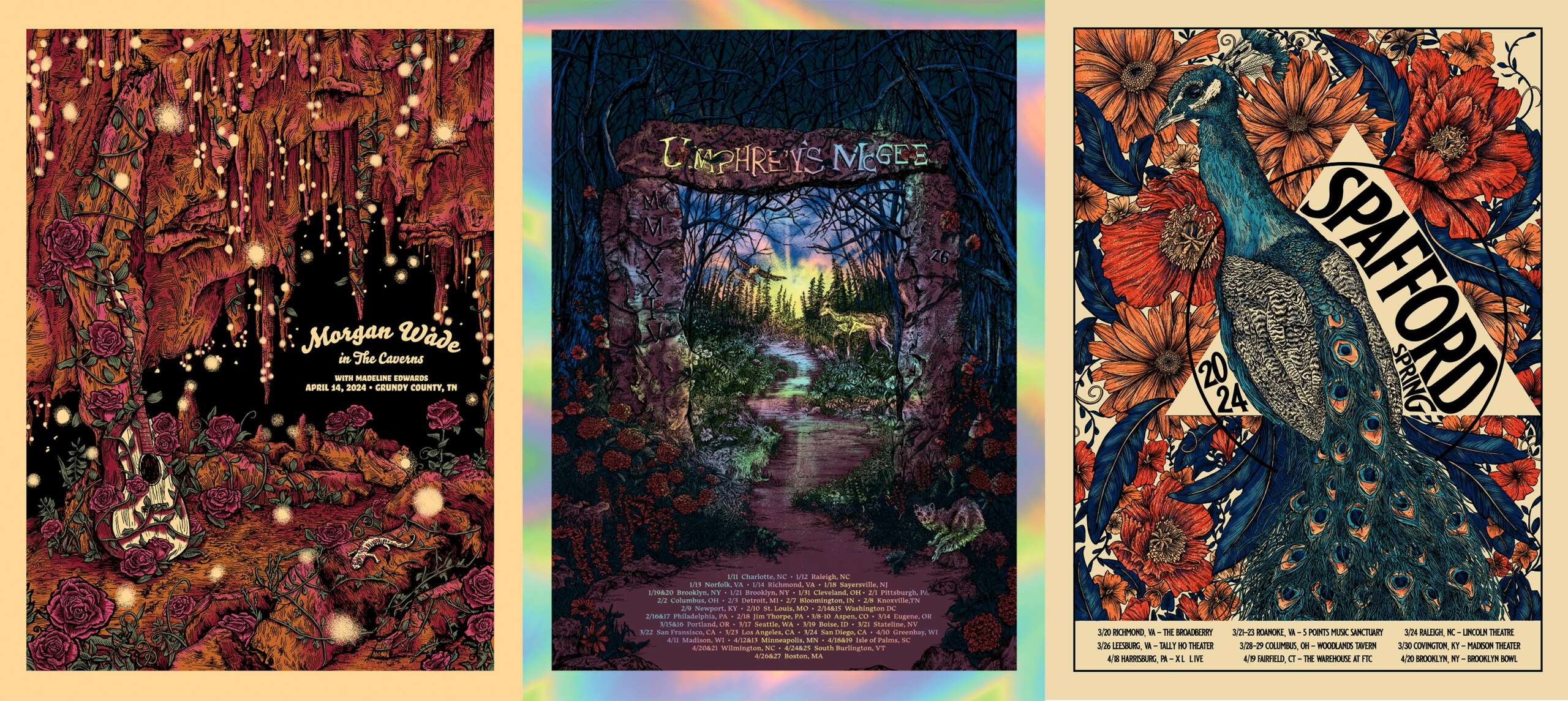
Any resources you can share with us that might be helpful to other creatives?
Social media is so so so important for artists right now, and I feel like it can be utilized in more ways than people may realize. It’s a great way to connect with peers, or folks you hope become peers, and learn more about your industry. The important part is really making genuine relationships when you can and remembering artists are just people too.
Discord is a great app that originally was used by the gaming community but now serves a purpose similar to Slack, or like older forums. You can join public communities, or “servers”, and converse in designated threads called “channels” which usually separates conversations by topic. There’s also ways to voice chat, video call, or stream your computer/device. There’s plenty of learning-to-draw servers, special interest servers (I’m in a few to practice Japanese with other English and Japanese learners for example!), or collector spaces. It can be a great way to meet other artists in a public online space.
Instagram can also be a great place to learn more about potential clients. A lot of bands still have a public emails available on their profile that you can send a professional inquiry to if you’re trying to break into the gigposter scene. A polite introduction can go a long way – no one can hire you if they don’t know who you are! Just make sure to keep it tight and professional, respect the reader’s time.
Don’t try to reinvent the wheel. Use social media, blogs, artist’s Patreons, books, posts, etc. to take inspiration from the people who’s careers you aspire to. If people are doing the things that you WANT to be doing, hold yourself to that standard.
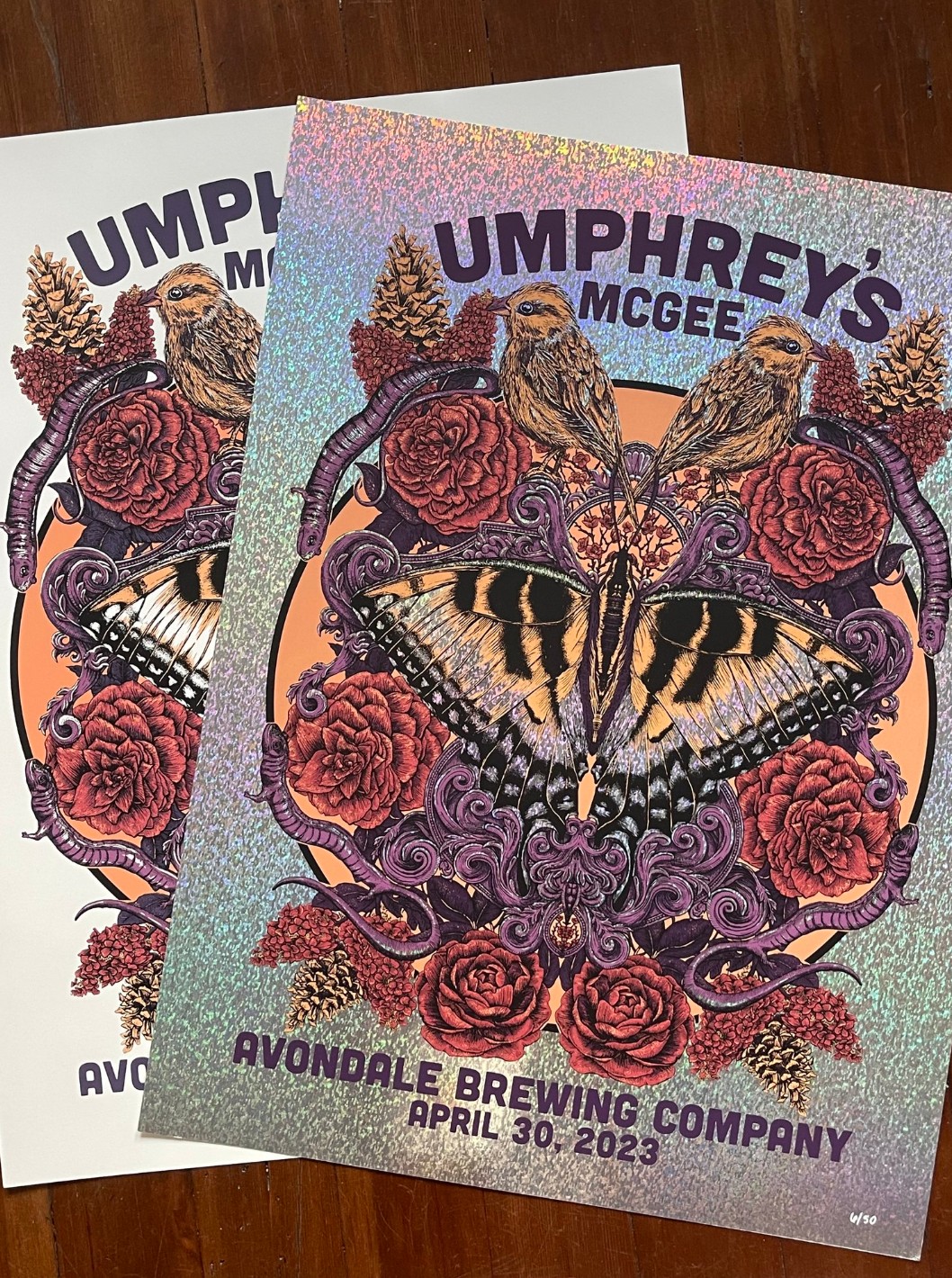
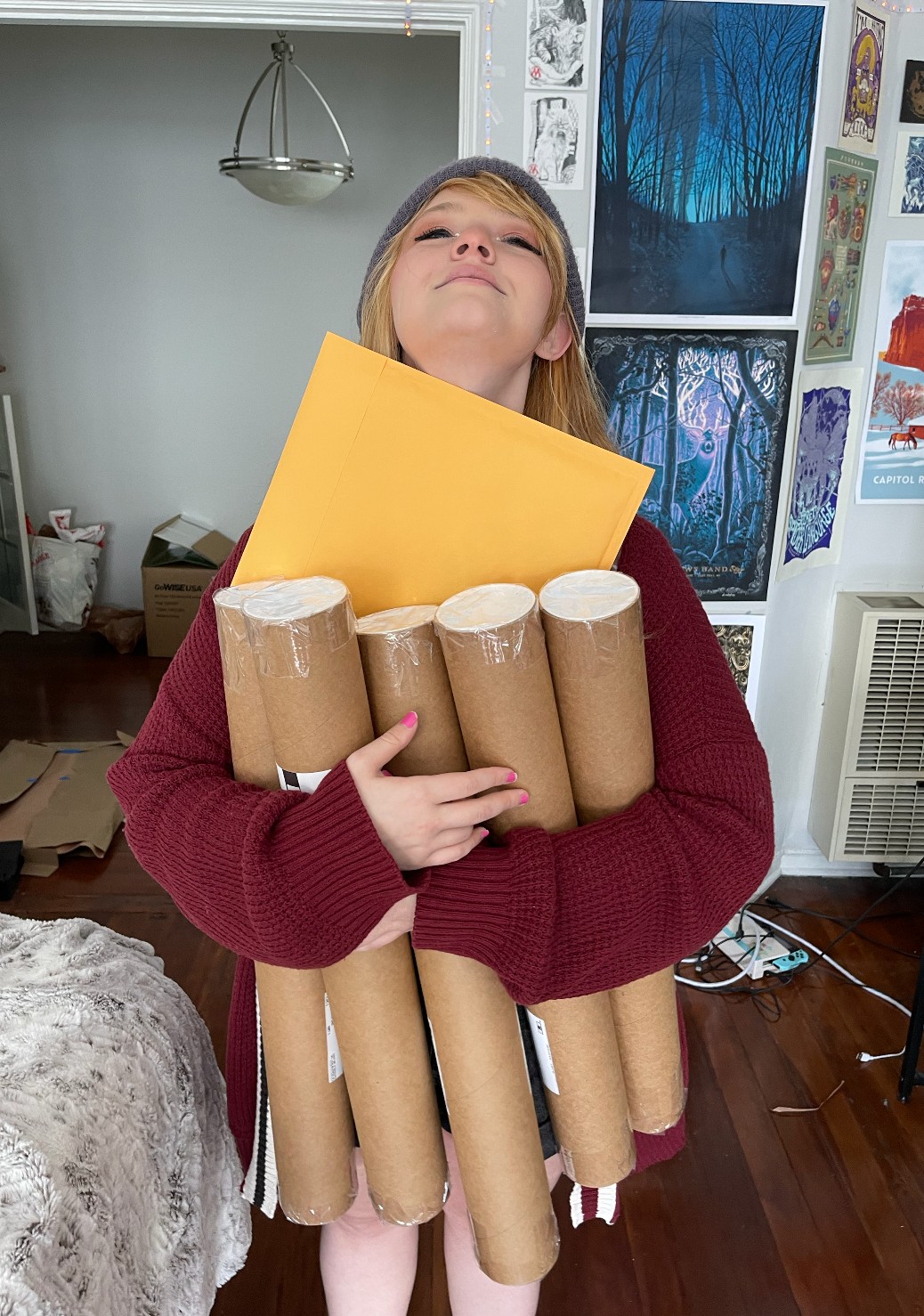
In your view, what can society to do to best support artists, creatives and a thriving creative ecosystem?
Honestly, also social media. The algorithms today are so crazy, attention spans are so short, and platforms are so money-hungry that your eyes and time are worth so much more than ever before. Comments, likes, saves, reshares, visiting pages, rewatching reels – that’s all a great (and free) way to support your favorite creatives.

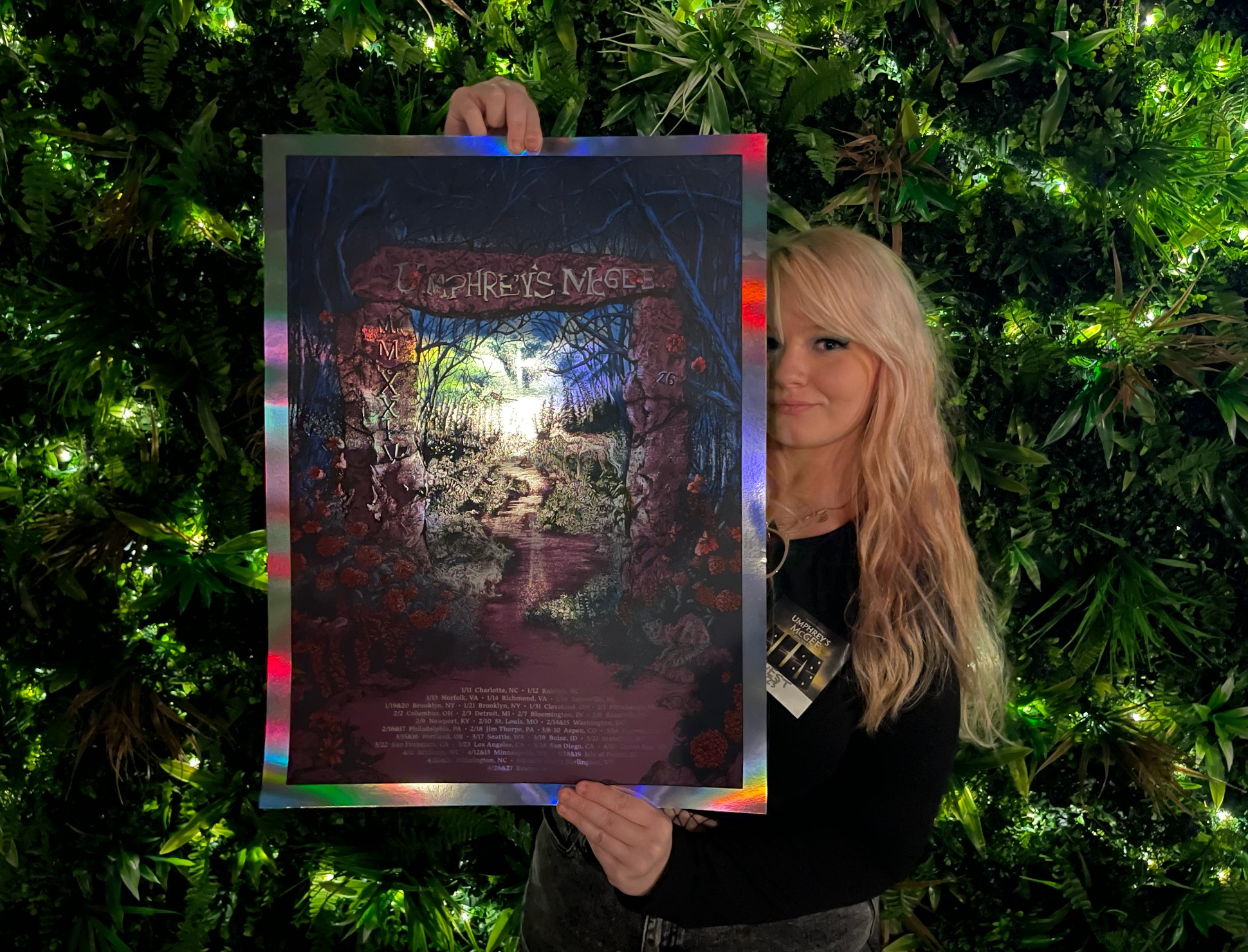
Contact Info:
- Website: https://www.housandarts.com/
- Instagram: https://www.instagram.com/housandarts/
- Facebook: https://www.facebook.com/housandarts
- Twitter: https://twitter.com/HousandArts


